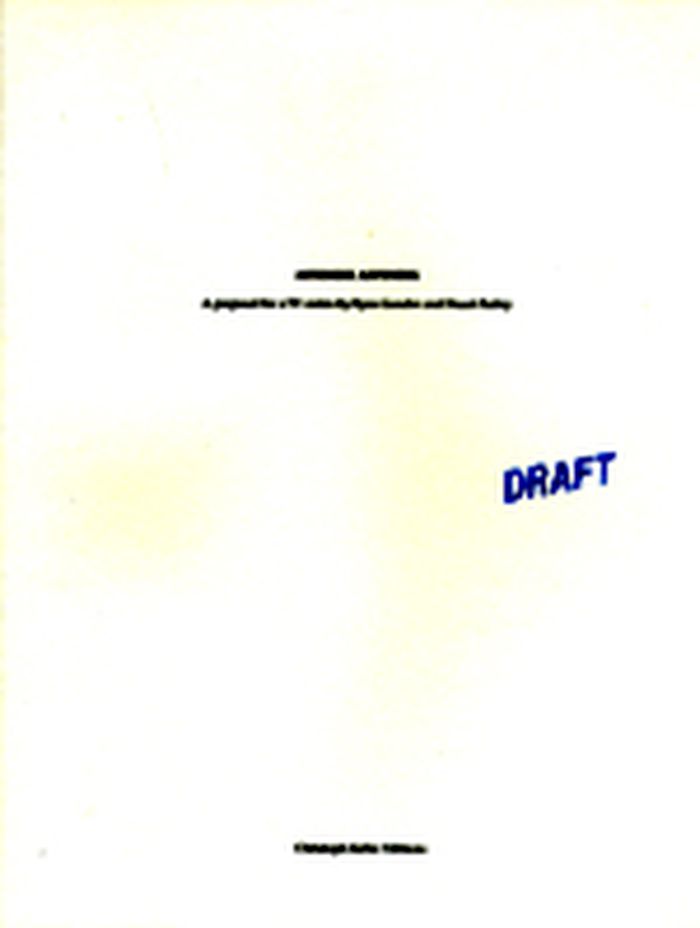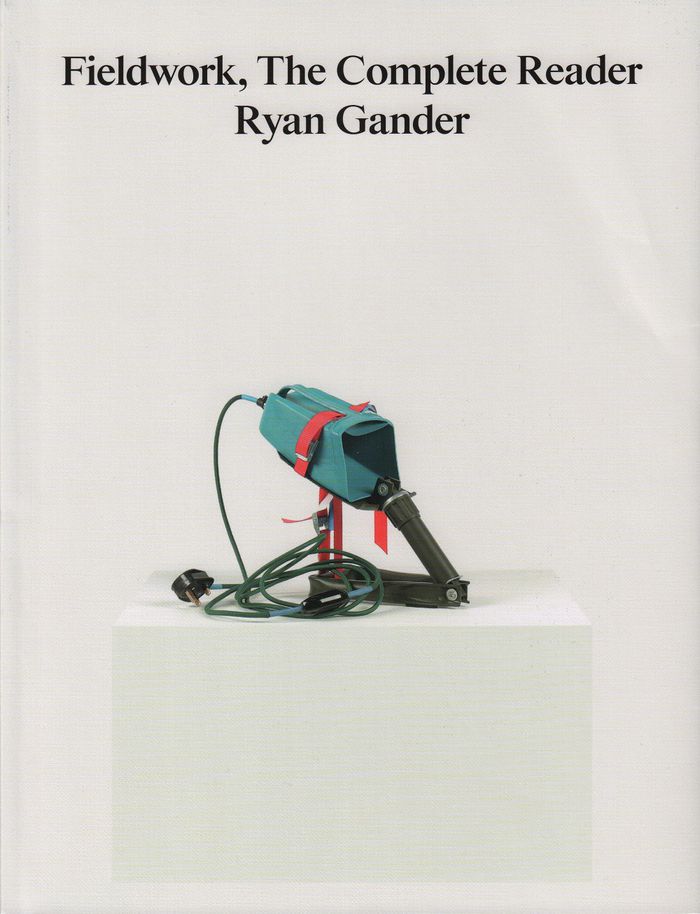livres
The boy who always looked up
$20.00
(disponible sur commande)
Résumé:
Ryan Gander's book The Boy Who Always Looked Up tells its own story in the distinctive style of a children’s book. The narrative takes place through the eyes of a child who describes the life and death of the modernist architect Erno Goldfinger, who built Notting Hill's Trellick Tower. The failure of late twentieth century utopian ideals is heightened through the innocent(...)
The boy who always looked up
Actions:
Prix:
$20.00
(disponible sur commande)
Résumé:
Ryan Gander's book The Boy Who Always Looked Up tells its own story in the distinctive style of a children’s book. The narrative takes place through the eyes of a child who describes the life and death of the modernist architect Erno Goldfinger, who built Notting Hill's Trellick Tower. The failure of late twentieth century utopian ideals is heightened through the innocent protagonist. Gander plays upon the artist’s use of constructed fictions that are or could be based upon actual realities or occurrences within the everyday. To Gander, the past, and by inference, the present are open to a state of imagined disturbance or articulation through a strategy that places fictional characterisation at the core of his practice. Design by Sara De Bondt. Limited edition of 500.
livres
octobre 2004, Manchester
Architecture, monographies
Appendix appendix
$30.00
(disponible sur commande)
Résumé:
While he was working on Appendix Appendix, Ryan Gander described it to Artforum as "a shooting script for a 13-part television series about television" and "a cross between John Berger's Ways of Seeing and Monty Python." His collaborator and typographer Stuart Bailey, on the other hand, describes it as a sequel to their first book, Appendix, which compiled back stories(...)
octobre 2007
Appendix appendix
Actions:
Prix:
$30.00
(disponible sur commande)
Résumé:
While he was working on Appendix Appendix, Ryan Gander described it to Artforum as "a shooting script for a 13-part television series about television" and "a cross between John Berger's Ways of Seeing and Monty Python." His collaborator and typographer Stuart Bailey, on the other hand, describes it as a sequel to their first book, Appendix, which compiled back stories for Gander's conceptual work. Bailey says, "The problem (a good problem) is to work out how the second [collaboration] is affected by the first, how it swallows it. I always relate these things to music, so it's like thinking what's the second album going to be after the rough debut; more studio time, more pressure, bigger egos, drinking problems, etcetera." Bailey has created books with Paulina Olowska, Lucy McKenzie and Frances Stark; Gander recently won the Baloise Prize at Art Basel and appeared in the 2006 Tate Triennial.
$49.95
(disponible sur commande)
Résumé:
Sixty-six objects from Ryan Gander’s collection make up his major new works Fieldwork 2015 (2015) and Fieldwork 2016 (2016). Each object passes by a window, one after another, on a constantly looping conveyor belt. A National Trust sign protecting ‘Culturefield’, a chess set, a pair of dead pigeons, a kitchen sink. Found, fabricated, everyday and exceptional, these(...)
Fieldwork: the complete reader
Actions:
Prix:
$49.95
(disponible sur commande)
Résumé:
Sixty-six objects from Ryan Gander’s collection make up his major new works Fieldwork 2015 (2015) and Fieldwork 2016 (2016). Each object passes by a window, one after another, on a constantly looping conveyor belt. A National Trust sign protecting ‘Culturefield’, a chess set, a pair of dead pigeons, a kitchen sink. Found, fabricated, everyday and exceptional, these objects may represent the richness of our existence, mapping its totality one object at a time. Through this work and a series of writings, Fieldwork serves as a reader to Gander’s on-going and ever-evolving practice.

